When Gonçalo Fonseca was a child, he went to school near Casal Ventoso, a Lisbon neighborhood that also served as the biggest open-air drugs market in Europe. “I have the vivid memory of being a child and seeing someone shoot up in broad daylight,” the photographer says. His experience wasn’t unusual. In the 1990s, some 5,000 addicts roamed the streets of the hilly neighborhood, searching for their daily fix as dirty syringes piled up in the gutters.
Back then, Portugal was in the grip of heroin addiction. An estimated 1% of the population—bankers, students, socialites—were hooked on heroin and Portugal had the highest rate of HIV infection in the entire European Union. “It was carnage,” recalls Américo Nave, a psychologist and President of Crescer, an outreach NGO focused on harm-reduction practices. As the government prepared to demolish Casal Ventoso in 2001, he was working with the addicts living in the neighborhood. “People had sores filled with maggots. Some lost their arms or legs due to overusing.”
Over the course of two decades, the government’s response had been one that Americans will recognize: it introduced increasingly harsh policies led by the criminal justice system, while conservative critics spoke out against drug use. By the late ’90s, about half the people in prison were there for drug-related reasons—creating a large addicted inmate population. Nothing was working. On the other side of the Atlantic, the U.S. was doing the same: spending billions of dollars cracking down on drug users.
But in 2001, Portugal took a radical step. It became the first country in the world to decriminalize the consumption of all drugs.

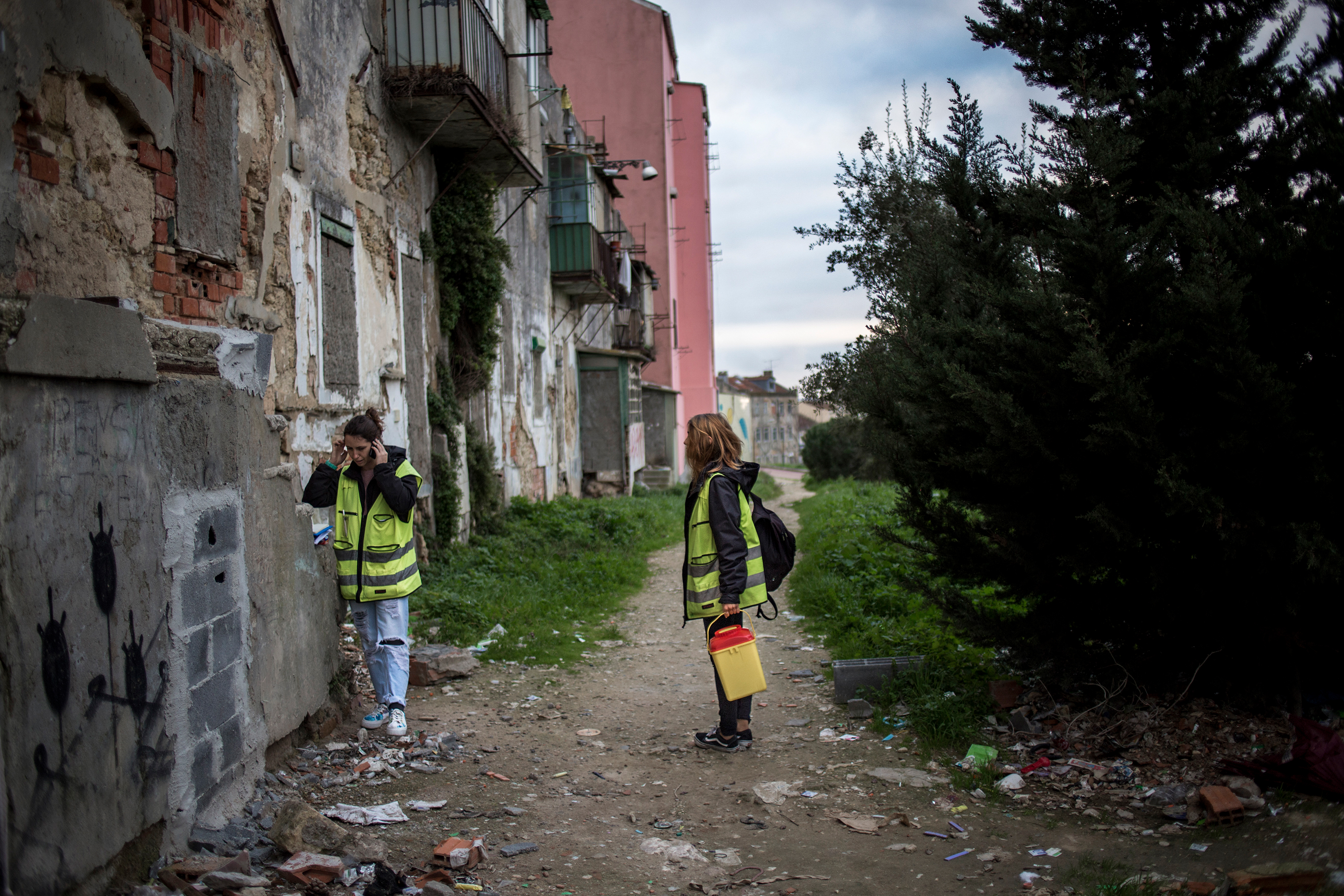
The War on Drugs
Seventeen years on, the U.S. is suffering its worst addiction epidemic in American history. In 2016 alone, an estimated 64,000 Americans died from opioid overdoses—more than the combined death tolls for Americans in the Vietnam, Afghanistan, and Iraq Wars. In Portugal, meanwhile, the drug-induced death rate has plummeted to five times lower than the E.U. average and stands at one-fiftieth of the United States’. Its rate of HIV infection has dropped from 104.2 new cases per million in 2000 to 4.2 cases per million in 2015. Drug use has declined overall among the 15- to 24-year-old population, those most at risk of initiating drug use.
In 2017, Fonseca spent three months embedded with one of Lisbon’s drug outreach teams; he was interested in seeing—and photographing—the kind of help people are getting in Portugal now that drug usage isn’t a political priority. “America and Portugal are very different countries,” Fonseca says, pointing out that what worked in his home country may not translate to the United States. But at the same time, he says, there are lessons to be learned from the approach of treating drug addiction as a medical issue rather than a criminal problem.
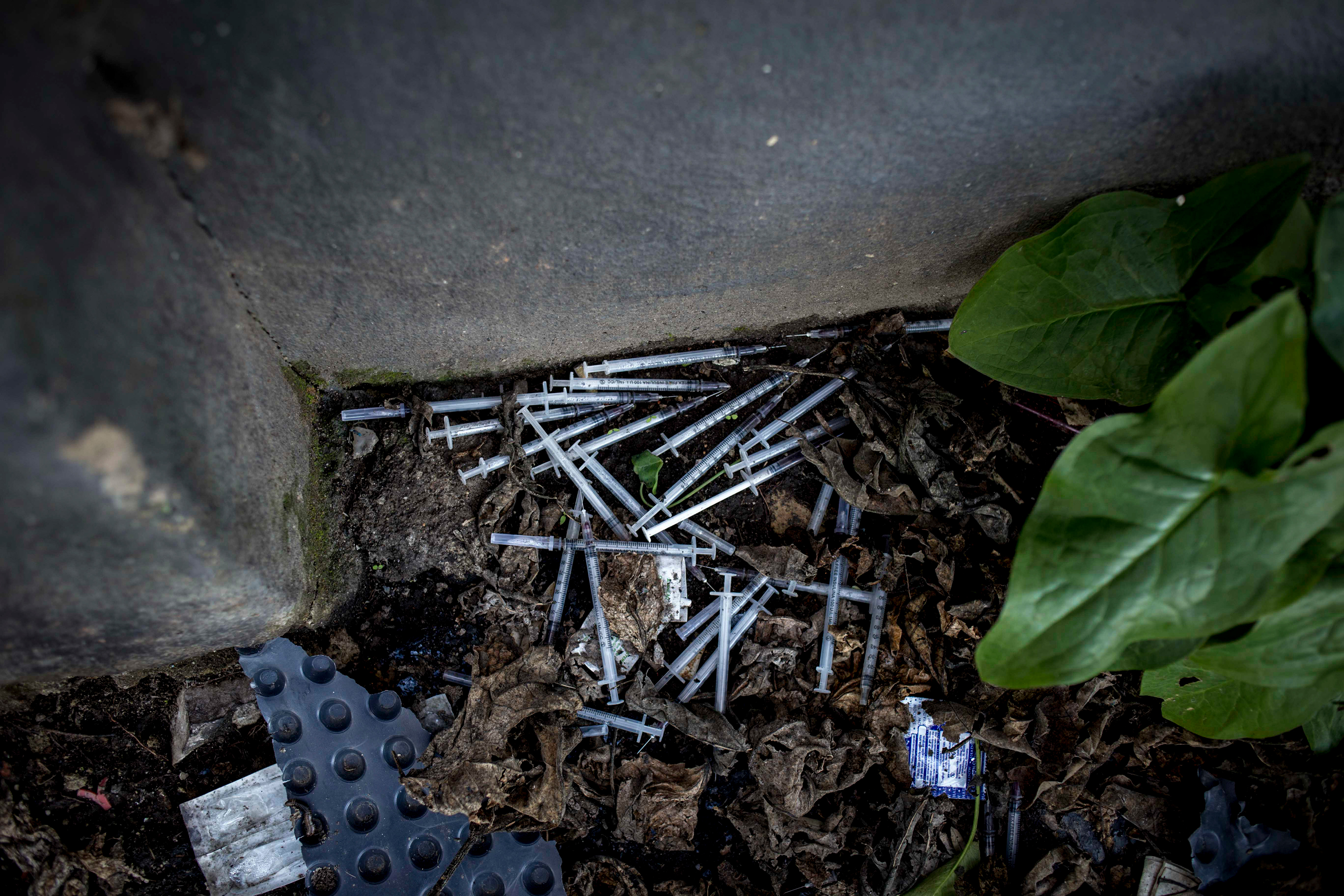
How did Portugal come to see drug addiction that way, when so many other countries haven’t? For starters, its crisis escalated extraordinarily quickly. After four decades of authoritarian rule, during which it was impossible to even buy a Coca Cola, Portugal opened to the world in 1974, perhaps embracing freedom and new markets a little too enthusiastically. Soldiers returned to Portugal from ex-colonies with a variety of drugs, just as borders opened up for travel and trade. From the late ’70s, heroin was smuggled from India and Pakistan via the former colony of Mozambique, and then landed on the streets of Portugal. So many years of isolation had left the country poorly equipped to tackle the influx of drugs, and it lacked adequate knowledge about the social and health risks of different drugs. The culture of liberation soon spiraled into a crisis.
Although a comprehensive study from 2001 found that the level of drug consumption in the country was among the lowest in Europe at the time, cases of problematic drug use—either by injecting or regular use of opiates, cocaine and/or amphetamines—were especially bad in Portugal. What’s more, drug use was unusually visible for such a socially conservative society—plain to see in the streets and bars of Lisbon and other big cities, particularly in the south. Unlike in other Western countries, where certain marginalized groups have been most vulnerable to heroin addiction, Portugal’s drug crisis cut across all classes. “It was almost impossible to find a family in Portugal that did not have drug-related problems,” said João Goulão, the architect of Portugal’s revolutionary drug policy.
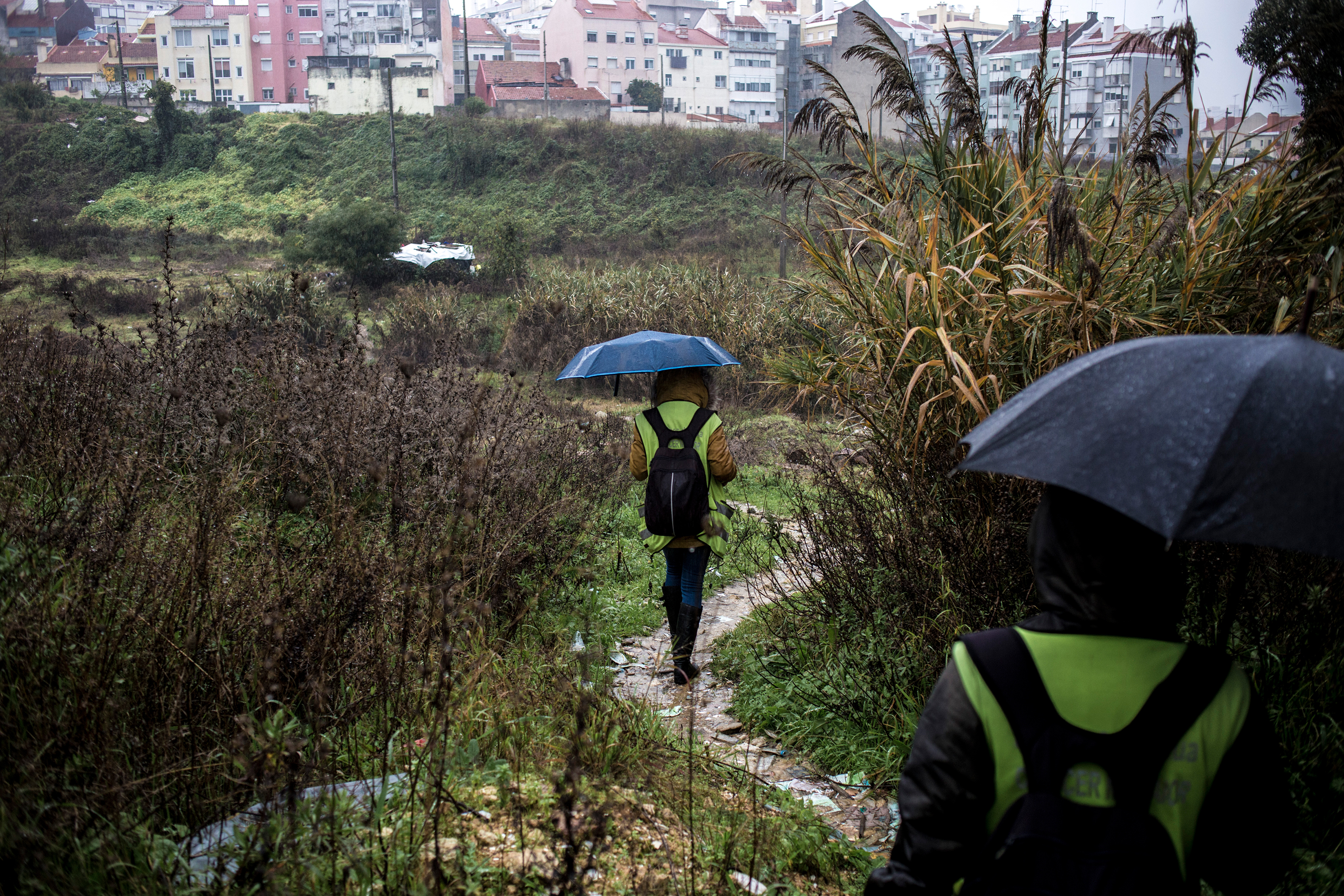


In 1998, Goulão was on the panel of experts who recommended a shift in the country’s approach. “We realized we were squandering resources,” he told Fonseca. “It made much more sense for us to treat drug addicts as patients who needed help, not as criminals.” Police could concentrate on traffickers and dealers, freeing up resources for the government to invest in treatment and harm reduction practices. A 2015 study found that since Portugal approved the new national strategy in 1999 that led to decriminalization, the per capita social cost of drug misuse decreased by 18%. And according to a report by the Drug Policy Alliance, a New York-based nonprofit with the goal of ending America’s “War on Drugs,” the percentage of people in prison in Portugal for drug law violations has decreased dramatically, from 44% in 1999 to 24% in 2013.
Seventeen Years On
Since 2001, the Crescer outreach team has walked the same route on an abandoned construction project in a Lisbon suburb. They provide heroin and cocaine addicts with what they need for safer consumption: clean needles, tinfoil and psychological support. Each year, they help about 1,600 users.
“If we didn’t reach out to them or go to the places where they are using, nobody would know they exist,” Joana Frias, a 26-year-old nurse working as part of a task force for the Portuguese Harm Reduction Policy, told Fonseca. “We don’t judge them in any way. If they want to, in their own time, we can help them stop using.”
Under the 2001 law, drug dealers still go to prison. But anyone caught with less than a 10-day supply of any drug—including marijuana and heroin—is typically sent to a local commission, consisting of a doctor, lawyer and social worker, where they learn about treatment and available medical services. And in Portugal, no distinction is made between “hard” or “soft” drugs, or whether consumption happens in private or public. What matters is whether the relationship to drugs is healthy or not.
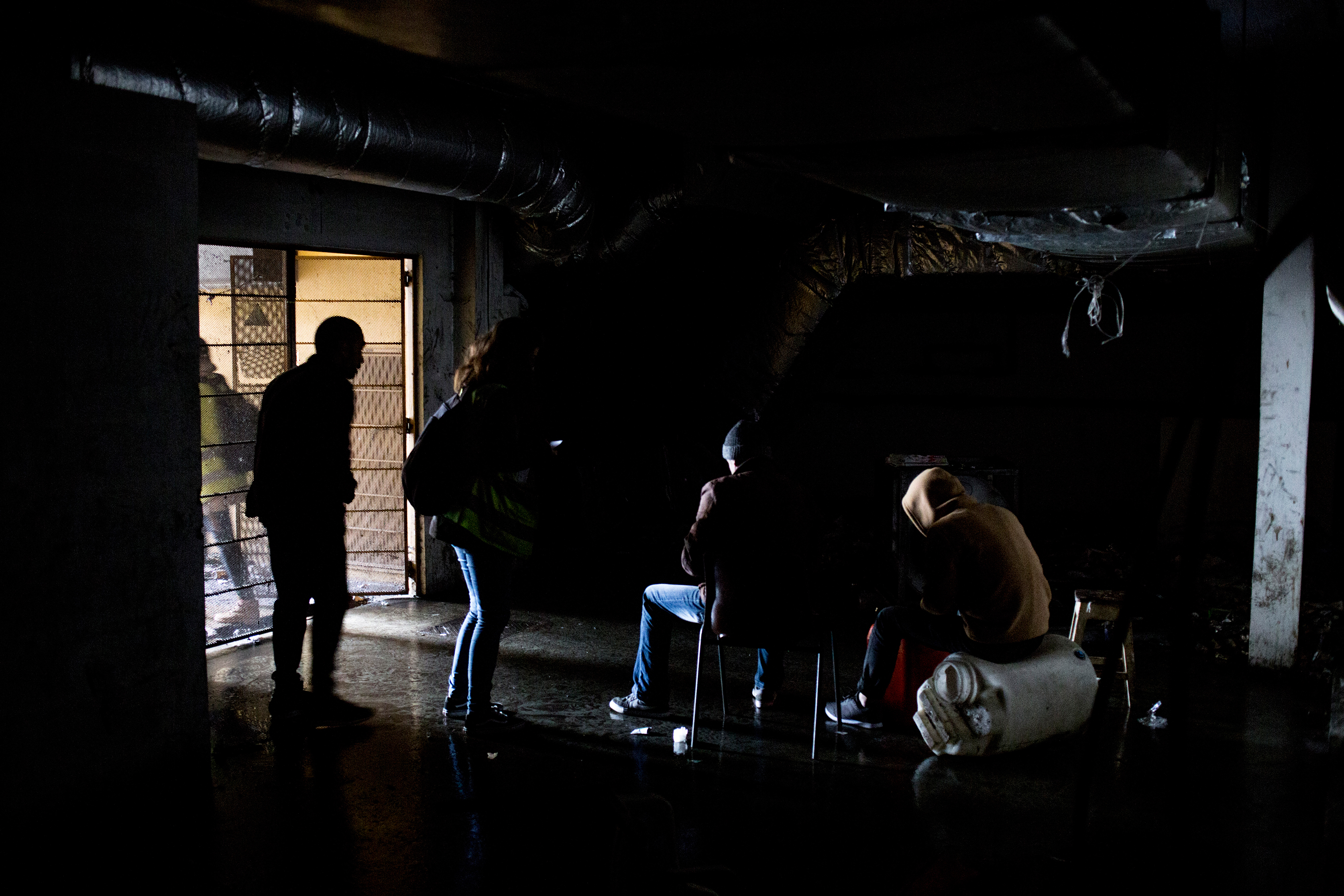

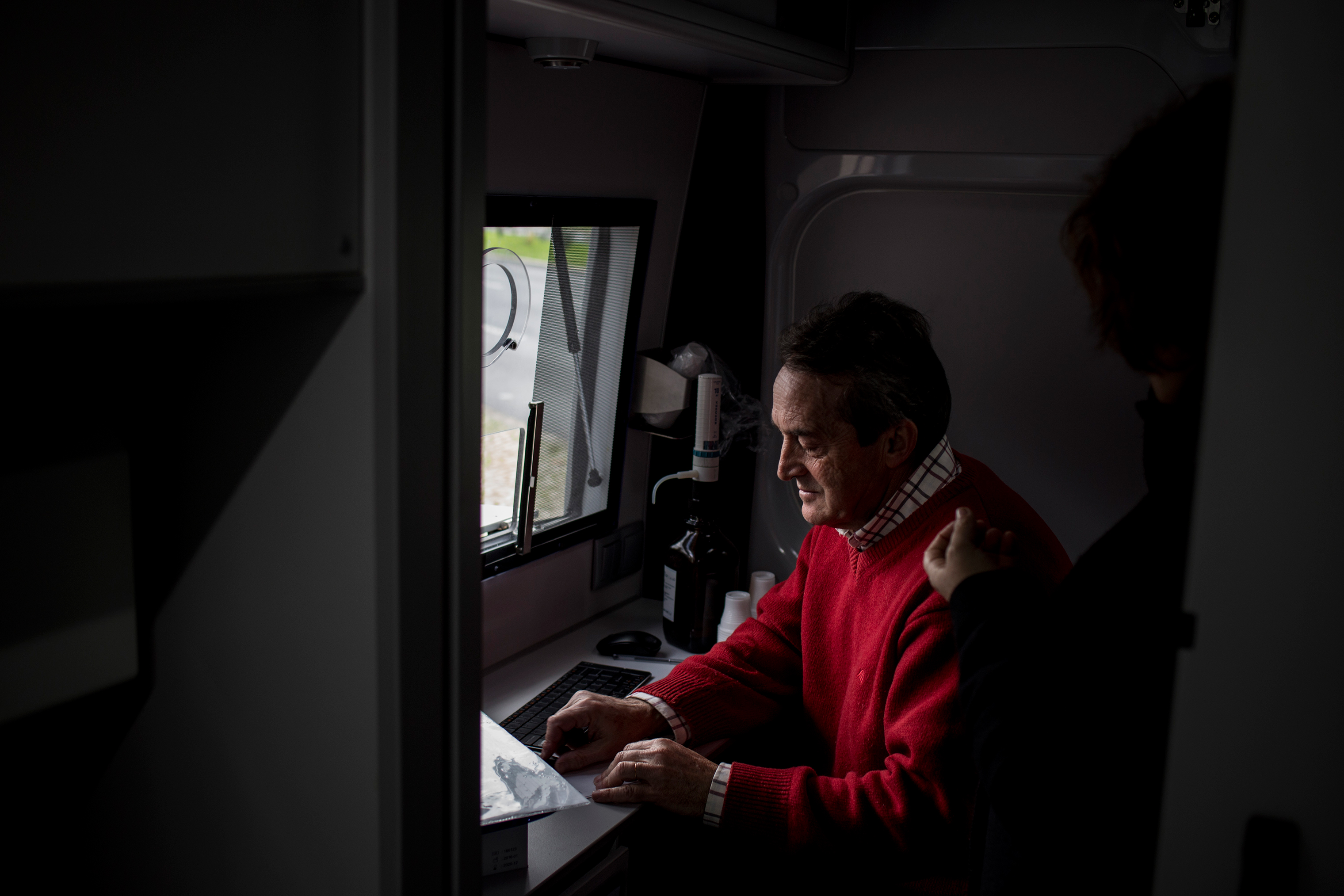
As well as these programs, Goulão’s panel proposed supervised drug consumption facilities, where drug users can consume drugs in safer conditions with the assistance of trained staff. Such facilities have been running in Europe since 1986, when the first was opened in Berne, Switzerland. Other rooms have since been established in several other countries, including France, Germany, Spain, and Greece, while the city of Vancouver in Canada opened North America’s first supervised drug injection site in 2003.
Evidence shows these sites can save lives, reduce public disorder associated with drugs, and lead to a drop in the behaviors linked to HIV and Hepatitis C transmission. But in the U.S., they remain controversial—despite several major cities, including Seattle, San Francisco and Philadelphia, considering plans to open supervised injection sites. Legal uncertainty is part of the problem: the federal government is opposed to the opening of such facilities, and state and local lawmakers have clashed over them. Some communities have also raised concerns about the impact on their neighborhoods. According to NPR, although efforts are underway in at least 13 cities and states, all official supervised injection sites remain pending.
In Portugal, too, progress has been slow—although three supervised consumption rooms will finally open in Lisbon at the start of 2019. But the other measures recommended by Goulão’s panel seem to have been a success.
“Drug addiction is something that will always exist,” Fonseca says, articulating one of the principles underlying Portugal’s attitude to drug abuse. But by eliminating the threat of criminal penalties—and along with it, a great deal of stigma—it has become easier for people to seek treatment. Between 1998 and 2011, the number of people in drug treatment increased by over 60%; nearly three-quarters of them received opioid-substitution therapy.
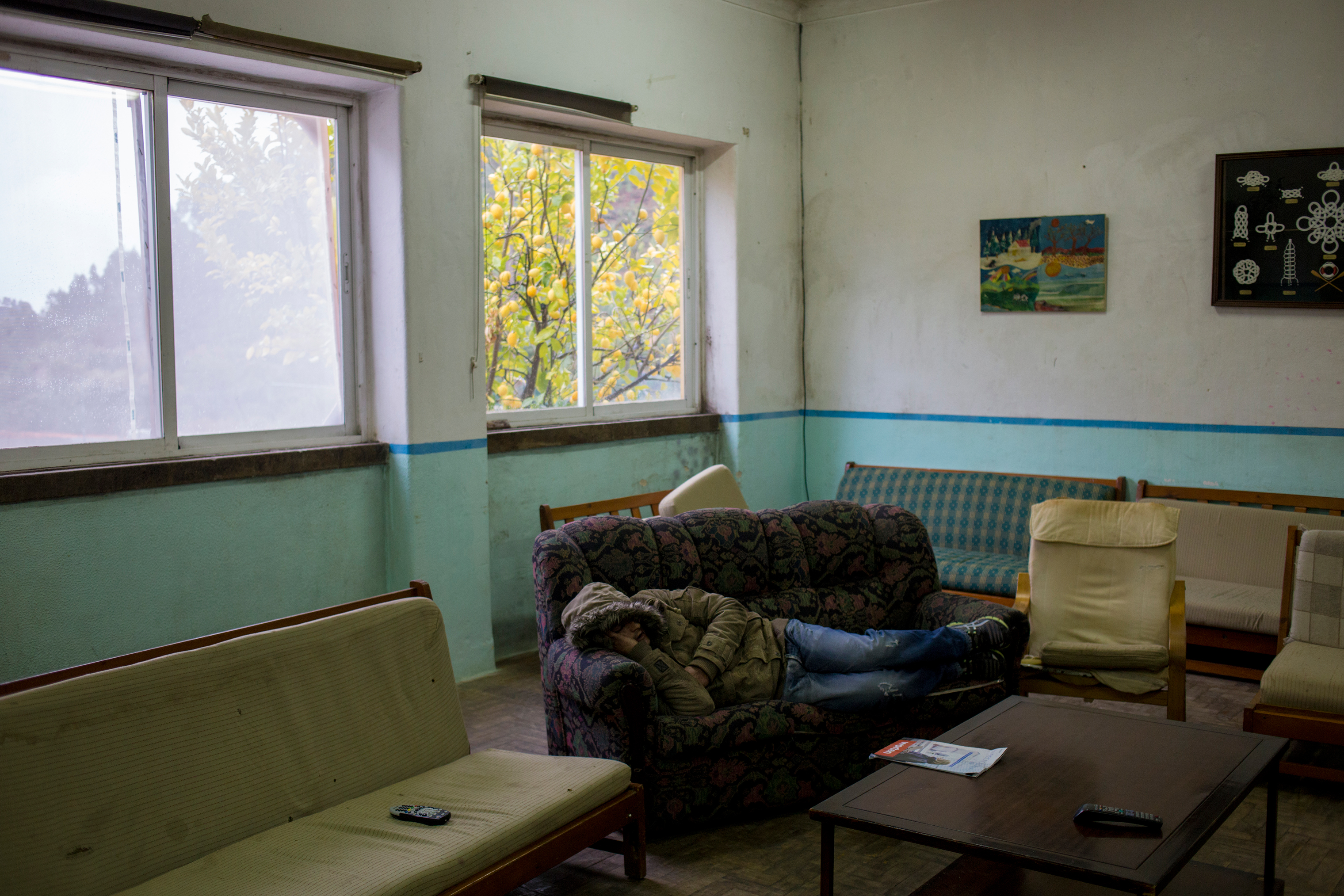
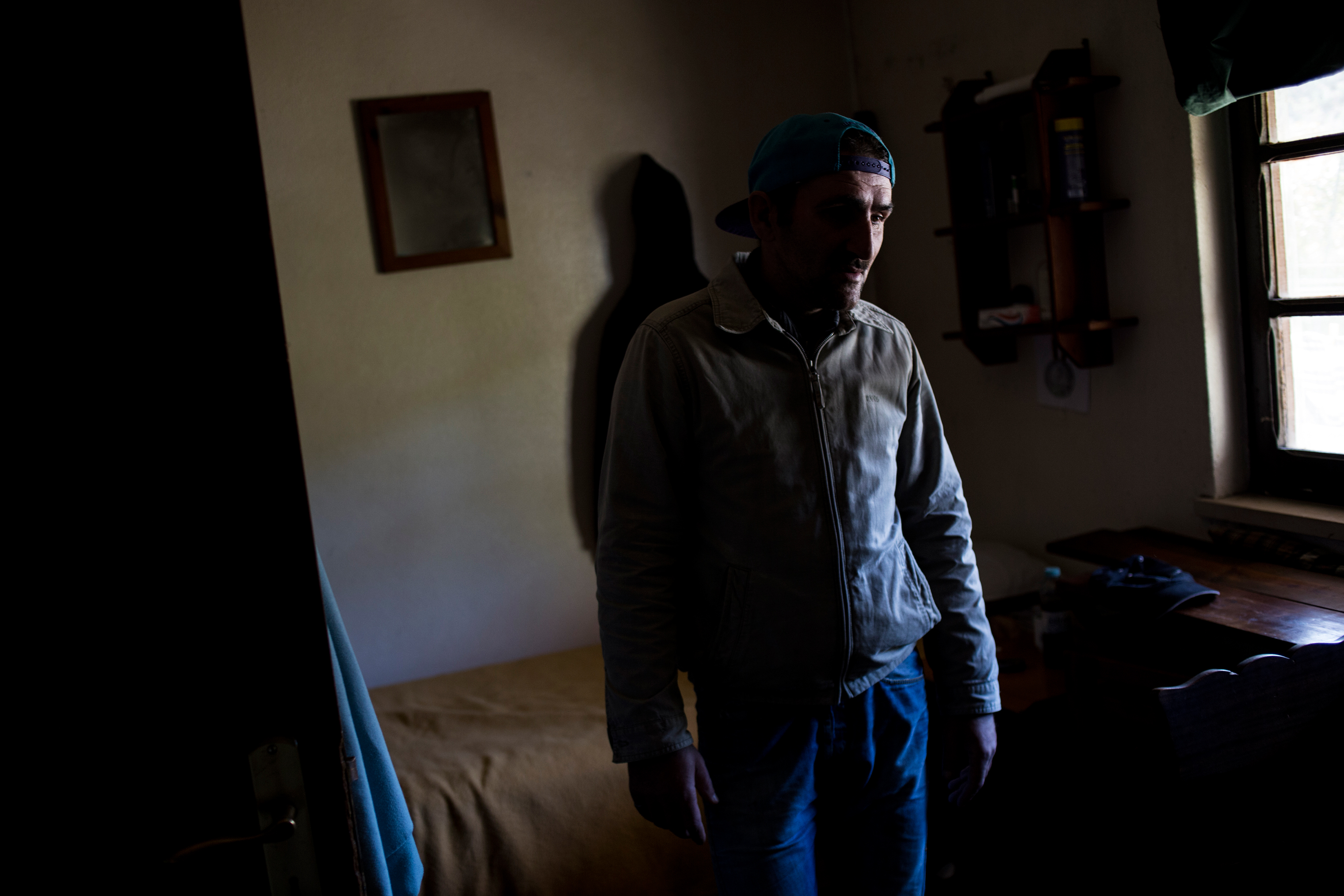
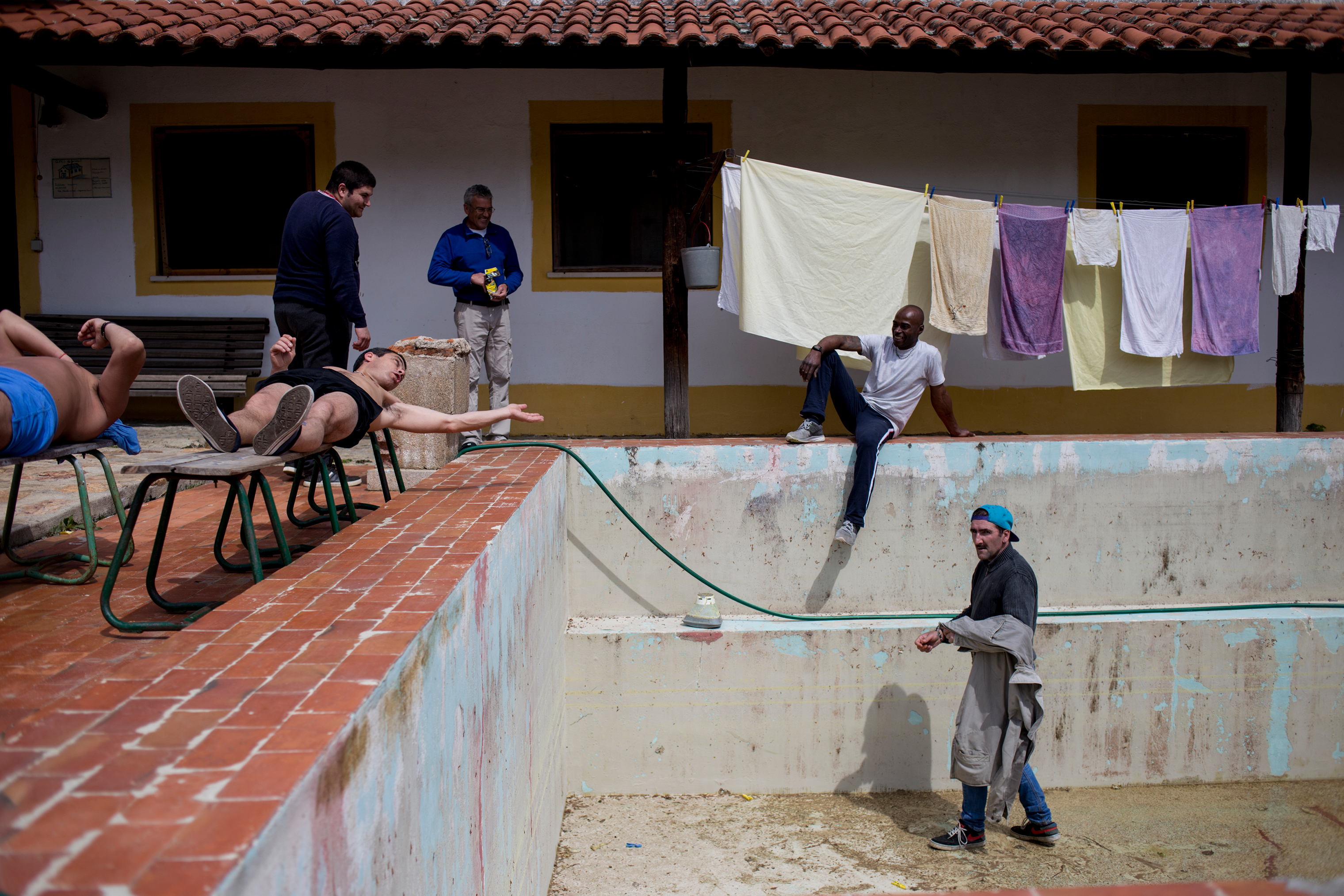

Portugal’s policies—and Goulão’s role as drug czar—have managed to survive seven conservative and progressive administrations. Some critics have said Portugal’s drug culture is too permissive now, with data showing more people have experimented with drugs since 2001. Yet despite some politicians pushing for a return to a more American-style war on drugs, the policies have endured—in part because the broader public supports decriminalization and a health-centered approach.
Some experts say the resounding success of Portugal’s approach has been exaggerated. In a 2014 paper, UC Berkeley’s Hannah Laqueur found that even before Portugal passed its decriminalization law, it was already loosely enforcing its anti-drug laws. “For years before the 2001 legislation, fines served as the primary sanction for individuals arrested and convicted of drug use,” she wrote. “By removing the possibility of criminal sanctions for drug use, the 2001 law primarily codified the existing practice.”
While there is still a debate about the policy and how easily it could apply to other countries, it is clear that on the ground in Portugal, healthcare workers feel better equipped to help addicts. Fonseca was surprised and moved by their dedication to people “largely forgotten by the rest of society.” That’s in spite of austerity measures introduced two years after Portugal’s 2010 financial crisis, when the government merged the 1,700 staff of its autonomous drug agency with its national health service. Although Fonseca says centers still lack adequate funding, two state-sponsored outreach teams—made up of psychologists, social workers and nurses—continue to travel each day to find addicts and get them the treatment they need. “The teams would go to the most dangerous parts of Lisbon and create real relationships,” he says.
Portugal still has a way to go, with some people continuing to use drugs in terrible conditions. But, Fonseca says, “what America and other countries can learn from Portugal is to treat people with more dignity.” Portugal has showed that, without spending significant sums, governments can give drug users the tools to put their lives back on track. But to do so, it will have to stop treating them like criminals.
Gonçalo Fonseca is a freelance photographer based in Portugal. Follow him on Instagram @goncalo.fonseca
Naina Bajekal is TIME’s Deputy International Editor, based in London. Follow her on Twitter @naina_bajekal
Paul Moakley, who edited this photo essay, is an Editor at Large and was previously the Deputy Director of Photography and Visual Enterprise at TIME. Follow him on Twitter @paulmoakley
- Donald Trump Is TIME's 2024 Person of the Year
- Why We Chose Trump as Person of the Year
- Is Intermittent Fasting Good or Bad for You?
- The 100 Must-Read Books of 2024
- The 20 Best Christmas TV Episodes
- Column: If Optimism Feels Ridiculous Now, Try Hope
- The Future of Climate Action Is Trade Policy
- Merle Bombardieri Is Helping People Make the Baby Decision
